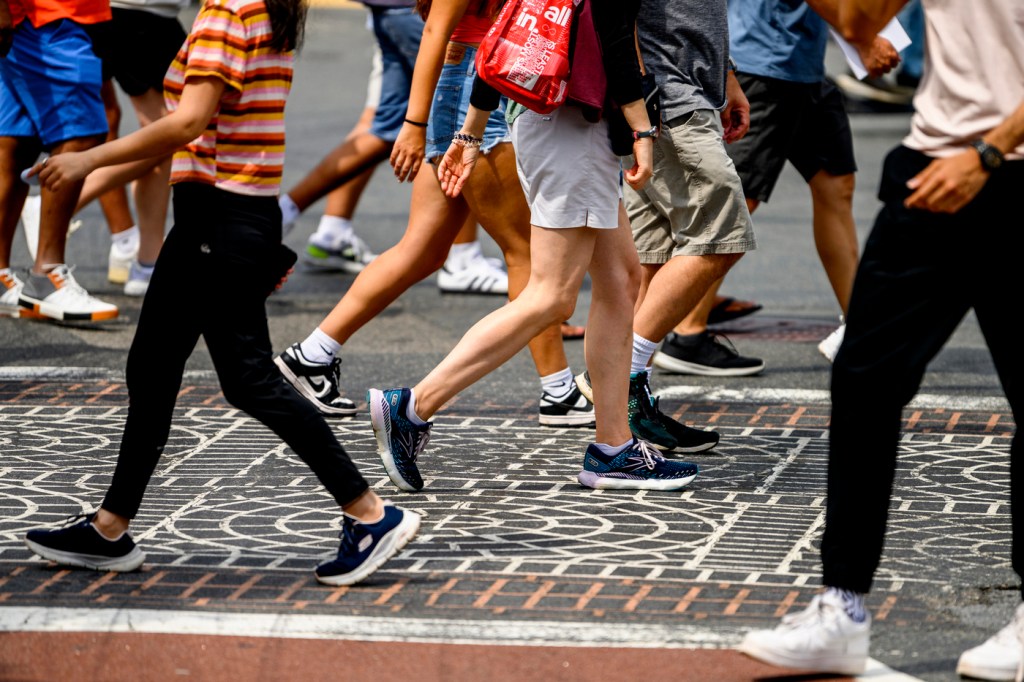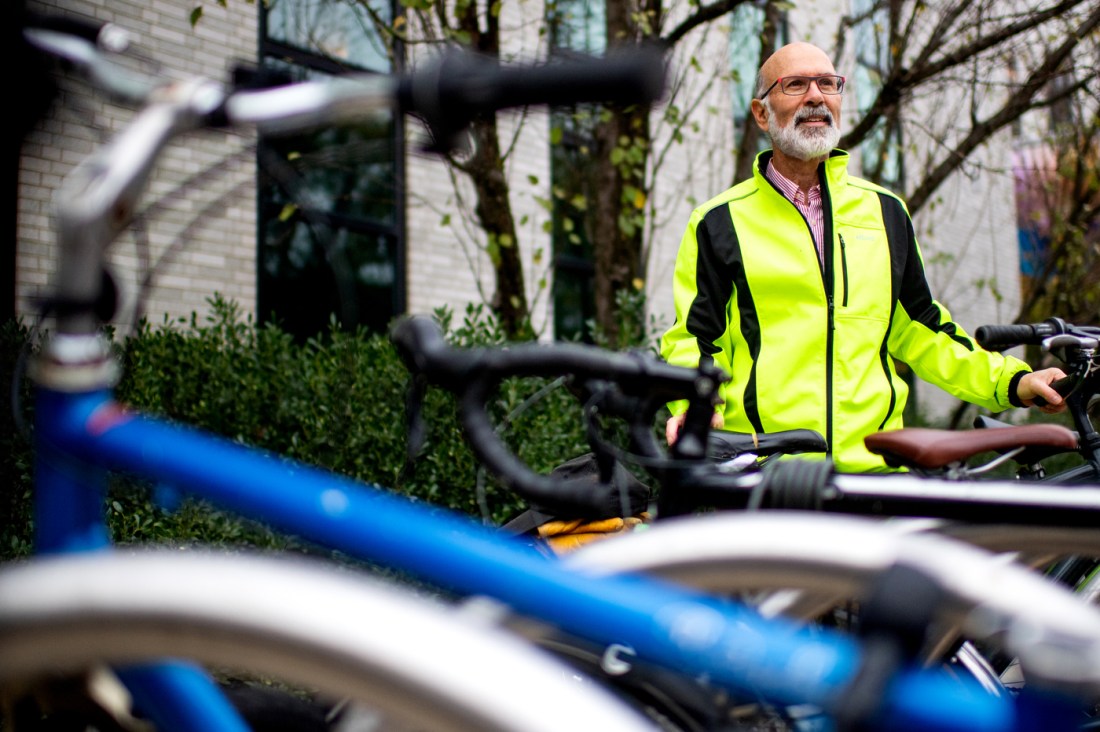

Between 1980 and 2010, the number of pedestrians killed in traffic steadily declined in the United States. This trend was then reversed. Yes, pedestrian traffic deaths hit a 40-year high in the United States in 2022.
But this is a uniquely American problem, according to Northeastern University transit planning expert Peter Furth.
“It doesn't happen inside Europein Canadain Japan — that's an American thing,” says Furth, a professor of civil and environmental engineering at Northeastern.
So what's going on? Furthermore, what can we do about it?
Furth cites two main factors responsible for the increase in pedestrian deaths.
First, people now walk more, compared to the last decades of the 20th century.
“We ended up with fewer pedestrians and fewer bicycle deaths because fewer people were walking and biking,” says Furth.
Furth notes that in 1969, about half of all students walked or biked to or from school, and 87% of those living within 1 mile of school walked or biked. By 2004, less than 15% of children did until 2009, just 13% of children did.
Meanwhile, fewer people walking meant that pedestrian infrastructure was less of a priority in America's growing suburbs in the late 20th century, Furth explains. Then, he says, because there was no pedestrian infrastructure, the roads were considered dangerous for pedestrians, making people either choose or be forced to use vehicular transport. Even some schools—for example, the one his brother's children attended, Furth notes—banned walking to school because it was considered unsafe.
“More and more we're making it so that people don't have to walk,” says Furth.
Furth says a shift happened around 2009, however, as younger adults began moving back to the cities from the suburbs.
“There was a movement in society to ride bikes and walk more,” says Furth. “We face it – people want to walk.”
But Furth says this increased pedestrian traffic has coincided with car-centric urban planning in the United States, leading to more and more encounters between pedestrians, cyclists and vehicles.
It also coincided with other trends: in particular, drivers moving towards ever larger vehiclesespecially large SUVs and trucks.
“Between 2009 and 2020 the front bumper got taller and taller on trucks and SUVs,” says Furth. “When that forehead is higher than your hip height, you're 30 percent more likely to die than if you get hit by a car.”
Furth explains that a vehicle striking a pedestrian in the legs will generally throw the person onto the hood and windshield of the vehicle. If you're hit above the hips, however, you're likely to fall under the vehicle and get run over, Furth notes, leading to much more serious injury or death.
Large delivery trucks also have an increasingly urban presence.
“It used to be that the big trucks would dump stuff into the warehouse and then the smaller trucks would make deliveries,” says Furth. “Now we have tractor-trailers making deliveries to all the supermarkets.”
So what can we do about these trends? Furth suggests design and technology to address these issues.


For delivery trucks, Furth suggests larger side windows so drivers can see pedestrians who may be approaching the side of the truck — noting that large delivery trucks are especially dangerous when cornering. He also recommended technology such as blind spot sensors for the front of the truck to detect pedestrians.
Design — especially urban design — is also a great way to reduce pedestrian fatalities, Furth says.
“Urban planning recognizes that where people want to walk, you have to make it safer, and where people don't want to walk, you don't put a store there.”
Furth cites trends like “daylighting,” or installing infrastructure that prevents parking within 15 feet to 20 feet of an intersection to enhance visibility for approaching vehicles. Speed curves in neighborhoods reduce speeds much more effectively than easily ignored Go Slow signs and crossing islands that divide a crosswalk into two or more sections are both things the city of Boston is increasingly doing to reinforce pedestrian safety.
“There are a lot of simple things that can be done to make pedestrians safer that some jurisdictions have put in place,” says Furth.
He then adds — “but not much.”
“The city of Boston deserves credit and is doing a lot of things,” Furth continues, citing the city's goal to eliminate pedestrian fatalities by 2030 through the 'Vision Zero' concept.. “But in the national trend, the national trend is wider and wider roads, faster and faster speeds.”
There is also more that Massachusetts can do.
Furth notes that Boston is asking the state to allow it to use speed cameras — which are prohibited in Massachusetts. And he noted with wonder that it took until 2017 for the state to allow cities to enact a 25 mph speed limit.
“Imagine if you weren't allowed to go slower than 30 mph for the speed limit,” says Furth.
As for oversize trucks and SUVs, Furth isn't too optimistic, noting that 80% of new car sales are SUVs or trucks.
“No one buys small cars anymore,” says Furth. “What are we doing by allowing these deadly vehicles to drive through our cities? It's an epidemic.”
However, he suggested changing the crash test scores to consider not only the safety of a vehicle's occupants, but also the safety of pedestrians struck by vehicles. Furth also proposed that larger, heavier vehicles be priced higher, with the additional money going into an insurance fund.
And while better planning and better laws can help reduce pedestrian fatalities, something else may be needed.
“There's a slowly growing willingness to say that driving comfort really has to be sacrificed a little bit for safety,” says Furth.
He notes how Boston's past daylighting projects were often condemned before they were built.
“In the past, there were a lot of complaints about the loss of parking,” says Furth. “Now, it's a little more 'Get over it, that's part of living in the big city.'



